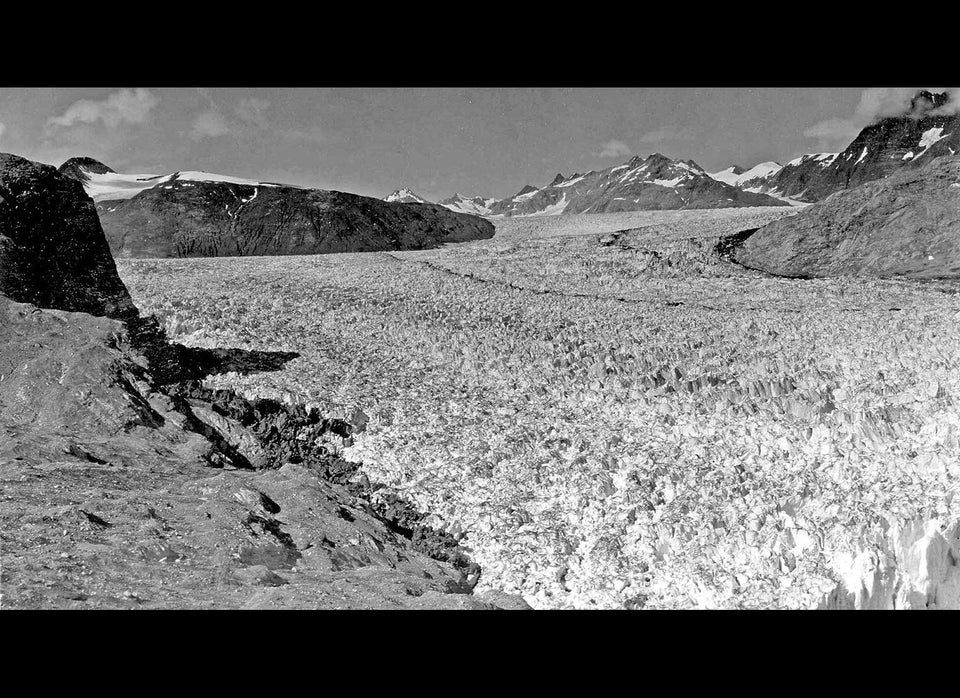No part of the U.S. will escape the harsh consequences of climate change, which has already begun to cause trouble from Alaska to Florida, and from Maine to Hawaii, and which will worsen as the century goes on. But according to a report released January 28, the nation’s coastlines — Atlantic, Gulf, Pacific and Great Lakes — are likely to get the worst of it.
The reason, said Virginia Burkett, a coastal wetland ecologist with the U.S. Geological Survey and one of the report’s two lead authors, in an interview, is largely because the coasts are such hotspots of development.
“Half the nation’s residential building permits since 1980 have been issued in coastal counties,” she said. “Most of our major cities lie along the coast. Nearly 60 percent of GDP (gross domestic product) — more than 8 trillion dollars’ worth — comes from these areas. Transportation, energy, military infrastructure are all concentrated on the coasts.”
The general proposition that coastlines are vulnerable to climate change is hardly new, or news, especially in the wake of Superstorm Sandy or Hurricane Isaac or any of dozens of other meteorological disasters that have hit the U.S. in the past few years. “In one sense, you could say there were no major surprises,” Burkett said.
But the sheer mass of data that Burkett and the report’s 78 other authors distilled into the nearly 200-page document -- formally titled “Coastal Impacts, Adaptation, and Vulnerabilities: A Technical Input to the National Climate Assessment,” -- underscores the magnitude of the problem. The coastal impacts’ report was put together as a contribution to the broader National Climate Assessment, which was released in draft form in early January (its analysis shows up in Chapter 25 of the larger report).
Representatives from government, universities, non-governmental organizations and even from the reinsurance industry, which insures insurance companies against unexpected losses, pointed to the vulnerability not only of highways, airports, power plants and buildings, but also to the very land itself. “The coasts as we know them today, took shape 7,000 years ago,” Burkett said.
Thanks to the globe-warming, ice-melting effects of human-generated greenhouse gases, however, that shape is now changing. The combined effects of rising seas and powerful storm surges have already increased the risks of coastal flooding for millions of Americans, and those risks are only going to get worse if sea level rises by a meter (a little more than 3 feet) by 2100, as many scientists expect.
Burkett said it’s important to note that climate change is only part of the problem. “It’s also about intensive coastal development pretty much everywhere but Alaska.” Roads, sea walls and buildings have been constructed under the assumption that sea level is a set feature of the landscape, so as Burkett said, “it’s not surprising that when you add a meter of sea level rise, you’ve got problems.”
Those problems are even worse in areas like the Mississippi Delta, where dams on the Mississippi and its tributaries have kept sediment from replenishing the coast, making the impact of sea level rise even greater.
Rising seas problems will affect more than just manmade infrastructure. As the report notes, coastal marshes, barrier islands and other ecosystems “provide critical functions to cycle and move nutrients, store carbon, detoxify wastes, and purify air and water.” Thanks to human development and pollution, those ecosystems are already under assault, and rising seas are pushing salty water into marshes and estuaries that aren’t able to handle it.
Add the increased runoff from downpours made more intense by global warming, said Burkett, and those coastal ecosystems are even worse off than they would otherwise be.
